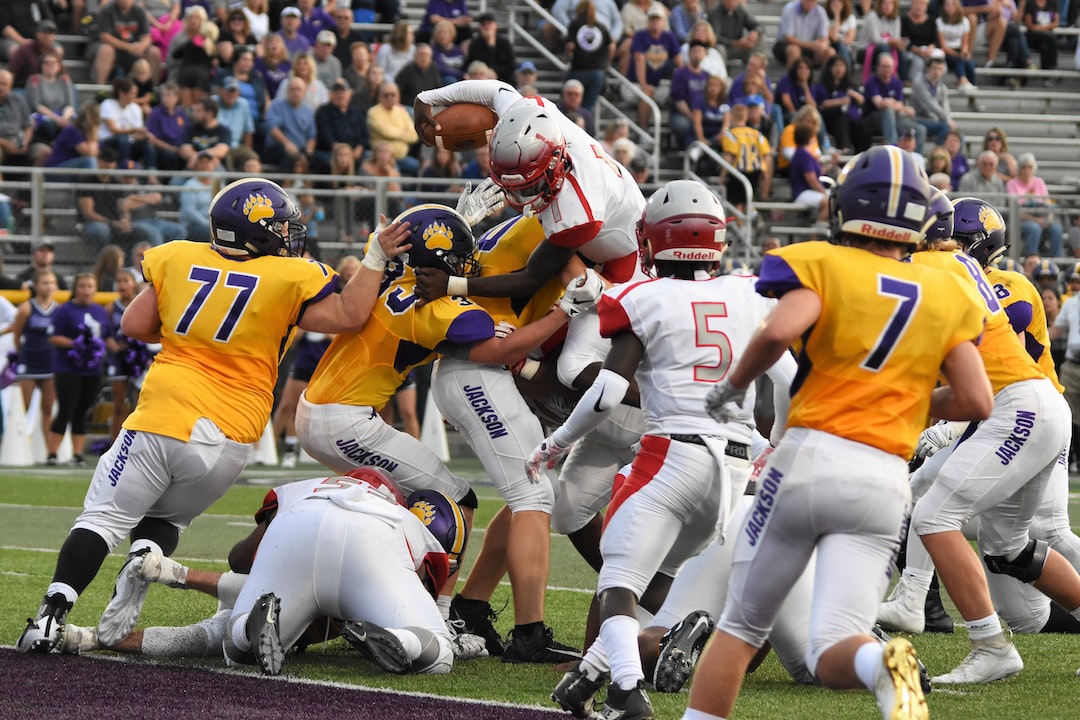Mastering the Tennis Serve: Techniques and Strategies
The tennis serve is often considered the most important shot in the game. It sets the tone for the point and can dictate the entire match. Therefore, mastering the tennis serve is crucial for any player looking to excel on the court. In this blog post, we will explore various techniques and strategies that can help players improve their serve and gain an edge over their opponents.
First and foremost, it is essential to have a consistent and reliable ball toss. A good toss sets the foundation for a great serve. The toss should be straight up in the air, allowing the player to hit the ball at the optimal height. It’s important to practice the toss repeatedly to develop muscle memory and achieve greater accuracy.
Furthermore, the grip plays a vital role in the effectiveness of the serve. The continental grip is commonly used for the serve as it allows for a greater range of motion and optimal racquet control. The player’s hand should be placed diagonally across the handle, ensuring that the knuckle of the index finger is on the third bevel of the grip. Perfecting this grip is essential before moving on to other aspects of the serve.
The next step in mastering the tennis serve is the backswing and the trophy position. The backswing involves bringing the racquet back in a smooth and controlled manner while maintaining good balance. The trophy position is when the racquet is high above the player’s head, with the elbow bent and the non-hitting hand supporting the racquet. This position allows for greater power and accuracy while preparing for the forward swing.
The forward swing and the contact point are crucial aspects of a successful serve. The forward swing should be fluid and generated from the legs and core, transferring the power to the upper body and ultimately to the racquet. The contact point is typically reached at the highest point of the forward swing, slightly in front of the body, and should be struck with the racquet face slightly open, generating top spin and power.
Follow-through is another vital component that often gets overlooked. The follow-through should be smooth and natural, with the racquet finishing high above the player’s head and the body weight transitioning onto the front foot. A proper follow-through helps with balance, control, and generating power.
While mastering the technique is fundamental, understanding the importance of strategy during the serve is equally essential. Players should consider varying their serve placement to keep their opponents guessing. Mixing up serves to the T and wide areas of the service box can create confusion and make it harder for opponents to predict the placement and adjust their positioning accordingly. Moreover, incorporating slices and kick serves can add different spins to the serves, making them more difficult to return.
Additionally, players should also focus on adjusting the speed and power of their serves. A well-executed change-up can catch opponents off guard and disrupt their rhythm. A slower, well-placed serve can force opponents to generate their own power and can result in weaker returns.
Finally, mental preparation and focus are often overlooked but play a crucial role in mastering the tennis serve. Maintaining a positive mindset and visualizing a successful serve can enhance confidence and execution. Consistency in practice and match situations helps build trust in the technique and ensures reliable serves under pressure.
In conclusion, the tennis serve is a complex and essential shot that requires both technical proficiency and strategic thinking. By mastering the techniques mentioned above, players can refine their serve and gain an advantage over their opponents. Regular practice, focused training, and mental preparation are the keys to unlocking a powerful and reliable serve. So get on the court, implement these techniques and strategies, and take your serving game to the next level!
